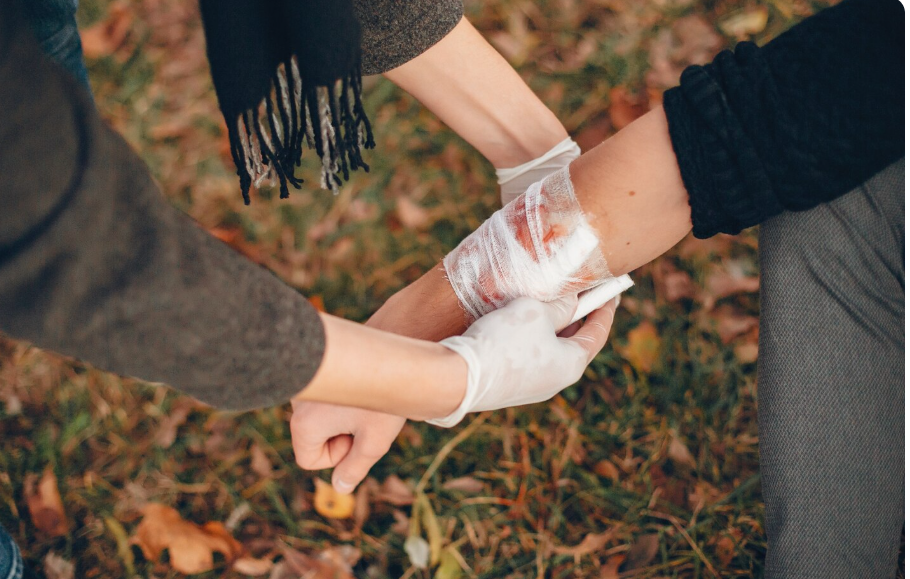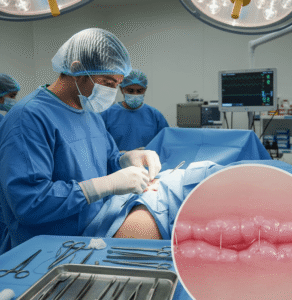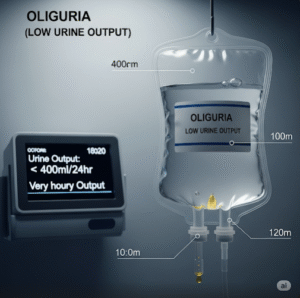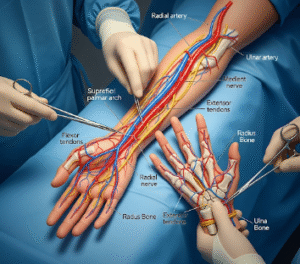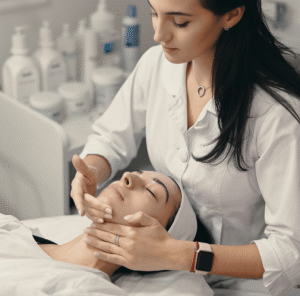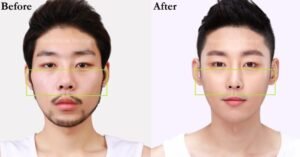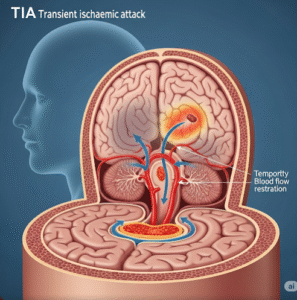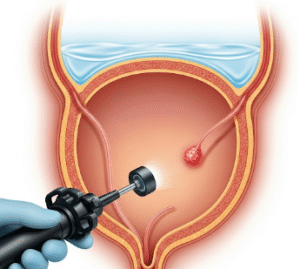Overview
A chemical burn occurs when skin, eyes, or internal tissues are damaged by contact with corrosive or irritant substances such as acids, alkalis, solvents, or oxidizers. Severity ranges from mild irritation to deep tissue injury and systemic toxicity. In Korea, emergency departments and dedicated burn centers provide rapid decontamination, wound care, pain control, and specialized treatments for complex exposures.
Symptoms
- Immediate stinging, burning pain or delayed onset (especially with alkalis)
- Redness, whitening/gray discoloration, or blistering of skin
- Swelling and tenderness; leathery or necrotic tissue in severe cases
- Eye exposure: tearing, intense pain, light sensitivity, decreased vision
- Inhalation exposure: coughing, wheeze, throat pain, shortness of breath
- Systemic signs (with certain chemicals): muscle cramps, dizziness, irregular heartbeat, nausea
Causes
- Acids: hydrochloric, sulfuric, nitric, battery acid
- Alkalis (more destructive): sodium/potassium hydroxide, wet cement, ammonia, oven/drain cleaners
- Oxidizers/irritants: bleach, peroxides, disinfectants
- Organic solvents/phenols: industrial cleaners, resins
- Special hazards: hydrofluoric acid (HF), formic acid, chromic acid, white phosphorus
Risk Factors
- Industrial or laboratory work without adequate PPE
- Household use of strong cleaners or mixing chemicals (e.g., bleach with ammonia)
- Construction work (cement, lime)
- Battery handling/repair, e-mobility device incidents
- Inadequate storage/labeling of chemicals at home or workplace
- Pre-existing skin disease increasing susceptibility
Diagnosis
In Korea, evaluation includes:
- Exposure history: substance, concentration, duration, and decontamination performed
- Physical exam: depth/extent (TBSA), circumferential injuries, compartment symptoms
- Eye assessment: immediate pH testing and slit-lamp exam after irrigation
- Labs (as needed): electrolytes, renal function, lactate; ECG for cardiotoxic exposures (e.g., HF)
- Imaging: for inhalation injury or if ingestion/aspiration suspected
- Tetanus status review
Prevention
- Use appropriate PPE (gloves, goggles/face shield, protective clothing) in workplaces and home projects
- Store chemicals in original containers with Korean labeling; keep out of children’s reach
- Never mix cleaners; ensure good ventilation
- Eyewash stations and safety showers in labs/industry; know emergency protocols
- Education and regular safety training per Korean occupational safety standards
Treatment Options in Korea
- Immediate First Aid (Do This Right Away)
- Remove from exposure and ensure your safety; call emergency services for severe burns or inhalation injury.
- Brush off dry powders (e.g., lime/cement) before rinsing.
- Irrigate skin with copious running water for at least 20–30 minutes (longer for alkalis). Remove contaminated clothing/jewelry.
- Eye exposures: begin irrigation immediately with sterile saline or clean water; continue until ocular pH is neutral (often ≥30 minutes), then urgent ophthalmology review.
- Do NOT use neutralizing chemicals or ointments initially; water dilution is priority (exceptions below).
- Emergency Department Care
- Continued irrigation and pH checks (skin/ocular) until normalized.
- Analgesia: oral/IV pain control; regional blocks when indicated.
- Wound care: gentle debridement, non-adherent dressings, topical antimicrobials for partial-thickness burns.
- Tetanus prophylaxis update as required.
- Airway/inhalation injury: oxygen, bronchodilators, fiberoptic assessment; early airway protection if edema suspected.
- Escharotomy for circumferential full-thickness burns with vascular compromise.
- Burn center referral for deep/large-area burns, critical sites (face, hands, feet, perineum), chemical eye injuries, inhalation injury, or pediatric/elderly patients.
- Special Substance Protocols
- Hydrofluoric Acid (HF): after irrigation, apply calcium gluconate gel to skin; consider intradermal or intra-arterial calcium and continuous ECG monitoring due to risk of hypocalcemia/arrhythmias; IV calcium for systemic toxicity.
- Phenol: irrigate with low-pressure water; polyethylene glycol (PEG 300/400) may be used by clinicians to aid decontamination.
- Cement (alkali) burns: brush off dry cement thoroughly, prolonged irrigation, delayed deep injury monitoring.
- Chromic acid/oxidizers: aggressive irrigation; monitor for systemic toxicity (hemolysis, renal injury).
- Ingestion: do not induce vomiting; rinse mouth, small sips of water or milk if conscious; urgent endoscopic evaluation.
- Ongoing Care & Rehabilitation
- Dressings: hydrogel, silicone, or silver-impregnated as indicated; negative pressure therapy for complex wounds.
- Antibiotics: not routine; reserve for clinical infection or ocular prophylaxis as per ophthalmology.
- Scar management: silicone sheeting, pressure therapy, physical/occupational therapy for range of motion, especially for hand/face/neck.
- Psychological support and return-to-work planning; documentation for occupational injury claims where applicable.
- When to Seek Immediate Care in Korea
- Eye involvement, inhalation exposure, facial or genital burns
- Severe pain, large-area exposure, or unknown/high-concentration chemicals
- Signs of systemic illness: dizziness, muscle cramps, chest pain, breathing difficulty
- Children, pregnant patients, or elderly with any significant exposure

